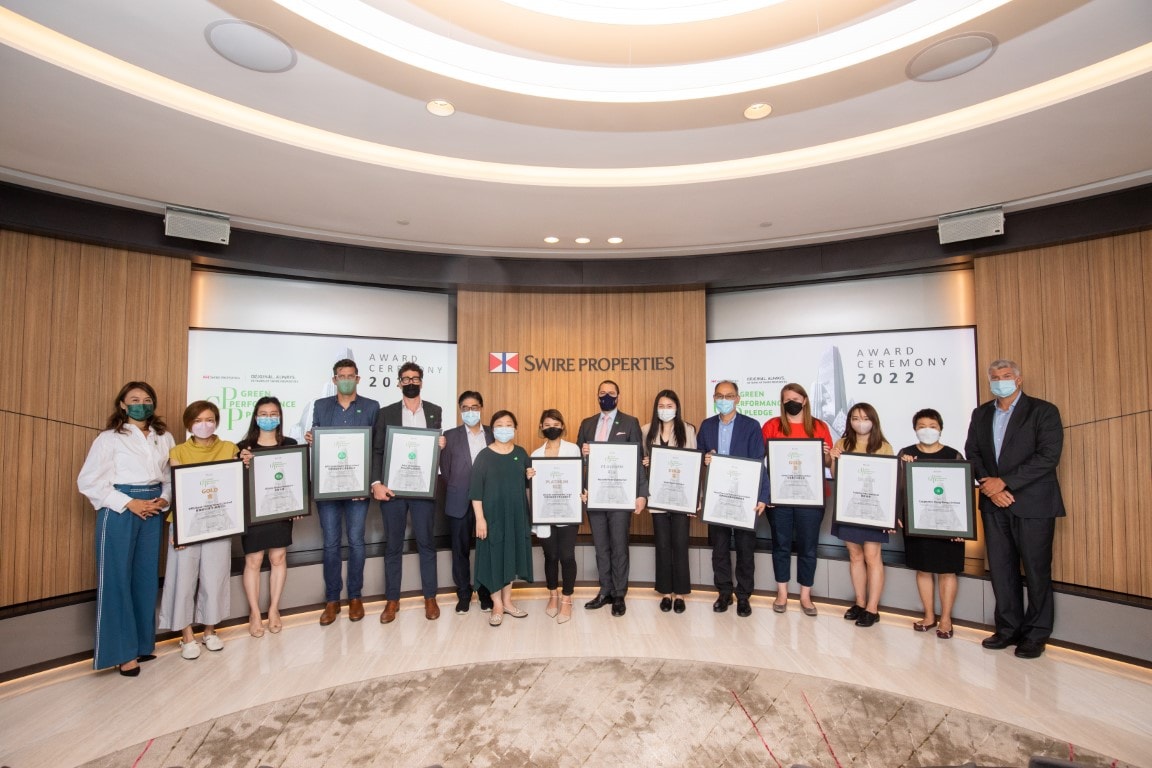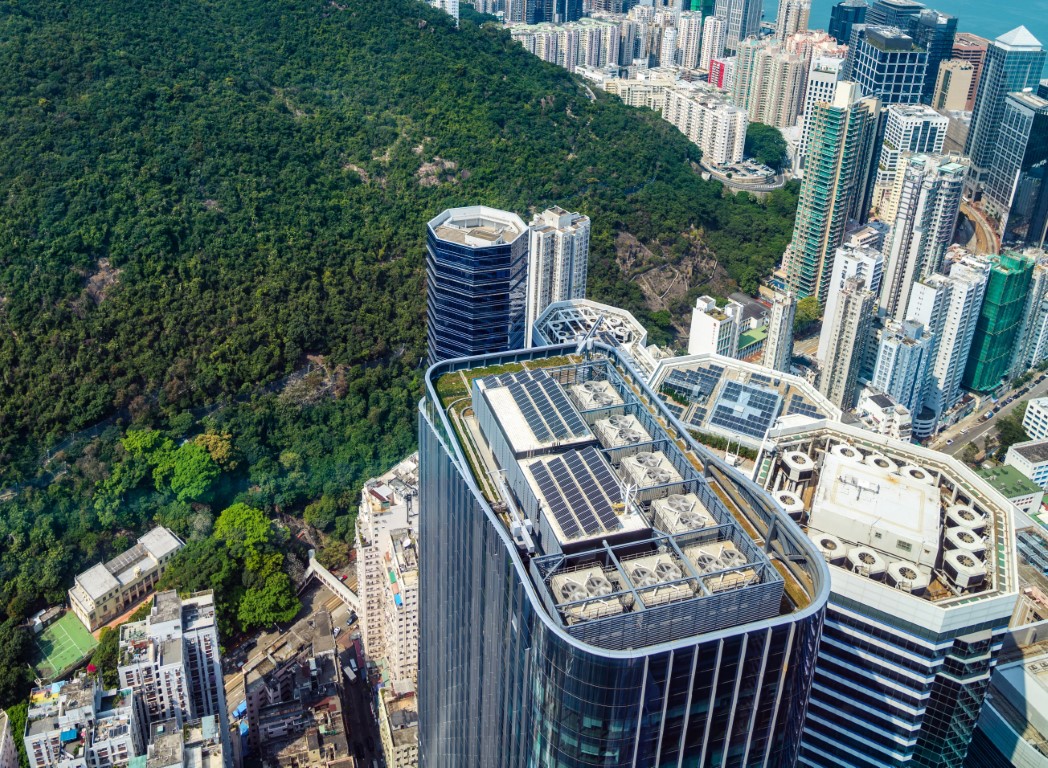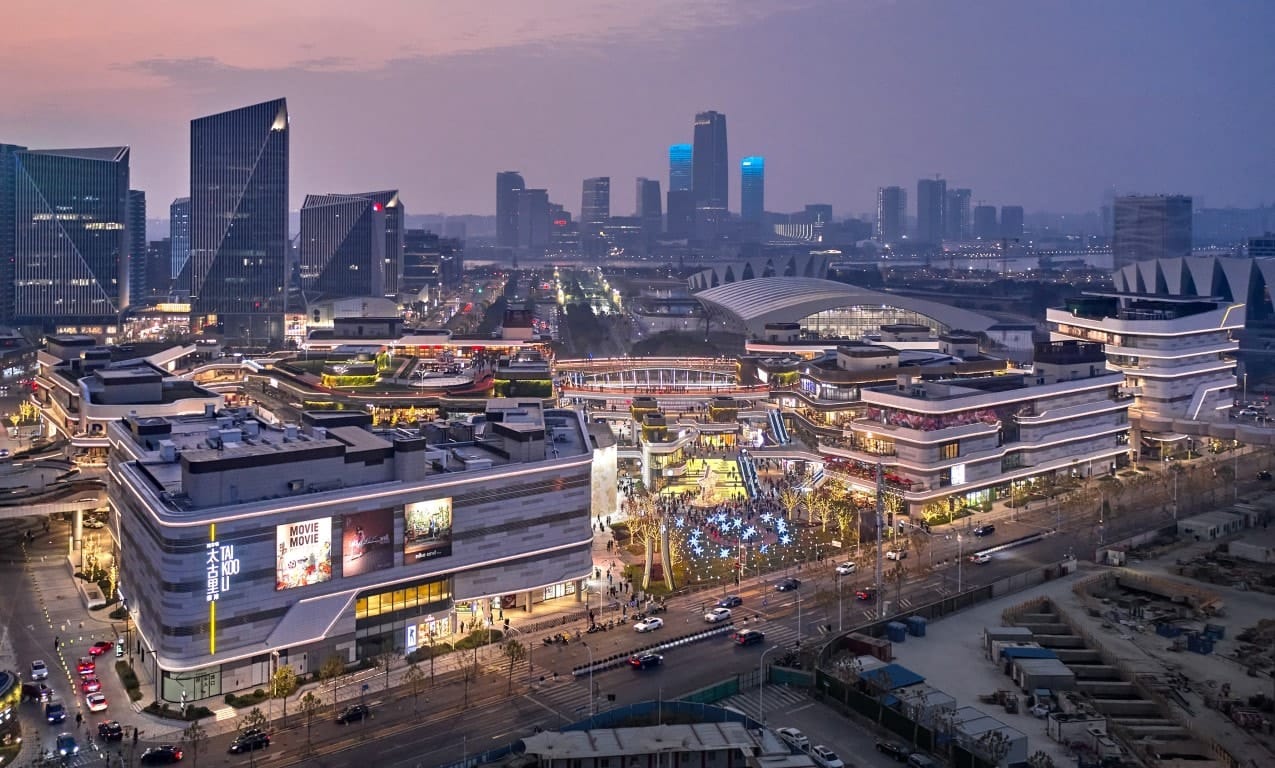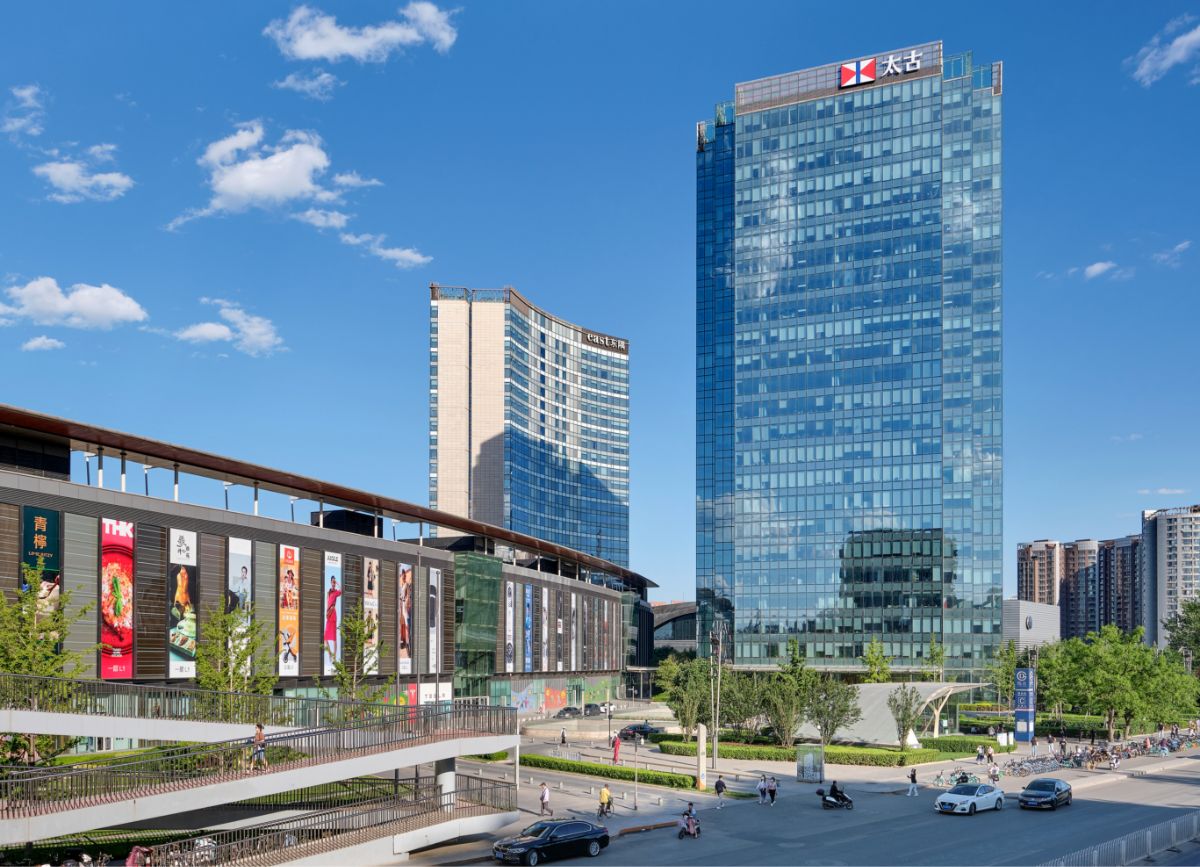The Board is responsible for evaluating and determining the nature and extent of the risks it is willing to take in achieving the Company’s strategic objectives and for ensuring that the Company establishes and maintains appropriate and effective risk management and internal control systems.
The Board and management are responsible for identifying and analysing the risks underlying the achievement of business objectives, and for determining how such risks should be managed and mitigated. The Board oversees management in the design, implementation and monitoring of the risk management and internal control systems, and management provides confirmations to the Board on the effectiveness of these systems.
The management of risks is subject to audit by GIAD, with support from specialist external consultants where necessary. The following diagram illustrates the key risk management processes of the Company.
Risk Identification
Risks that impact the achievement of business objectives are identified by management and categorised with reference to a risk taxonomy.
Risk Analysis
Impact of the identified risks and vulnerability of the entity to the risks are evaluated to determine the risk level.
Risk Mitigation
Internal control procedures and response protocols are designed, documented and implemented to manage the risks and mitigate their impact.
Risk Reporting
Risks are regularly reviewed and reported to the Audit Committee and other relevant governing parties.
Risk Monitoring
Adequacy and effectiveness of risk management and internal controls are closely monitored by management through regular review exercise.
Executive Committee
The Executive Committee meets twice a month and is responsible for overseeing the day-to-day operations of the Company. It comprises three Executive Directors and eight members of senior management. The Chief Executive chairs the Executive Committee.
The Executive Committee provides oversight of all the risks to which the Group is subject and is responsible for the design, implementation and monitoring of the relevant risk management and internal control systems of the Group. Matters of significance that arise are reported as appropriate via the Audit Committee to the Board of Directors.
Risk Governance Framework
Continuously Reviewing our ERM System
Our Enterprise Risk Management (“ERM”) system helps us identify, analyse and manage business risks. Risk identification, analysis and management processes are completed on a regular basis throughout the year and the results help to guide our business decisions.
Our Corporate Risk Register (“CRR”) incorporates ESG-related risks, such as climate-related risks. We have also integrated SD factors into our corporate risk analysis.
In 2022, we started our journey to digitalise our CRR dashboard and risk scoring model. The new digitalised CRR platform offers a standard template for updating risk details, risk scoring and risk mitigating measures. With this new digitalised platform, benchmarking across Swire Group will become easier. In the next phase, we plan to optimise the system and the reporting protocol. Swire Properties’ management will also continue to monitor and conduct regular reviews of risks and the effectiveness of mitigation strategies. External risk advisors will regularly be consulted for their risk management experience, allowing us to keep abreast of the industry best practices.
Risk Profile
The following table provides an overview of our risk profile (listed in alphabetical order), including what we consider to be Swire Properties’ principal existing and emerging risks, possible associated impacts, risk trend and mitigation measures that are in place or under development.
Existing Risks and Possible Impacts | Risk Trend | Mitigation Measures |
|---|---|---|
Brand and imageThe failure to maintain brand position and perception may make us less competitive. |
| |
Business disruptionSevere disruption to the business caused by acts of man or acts of nature may have adverse financial effects on the Company. |
| |
Business risksThe lack of compelling development projects and business disruption may lead to a slowdown in business and so affect financial performance. |
| |
Development risksDelay in the completion of developments may have an adverse financial effect by delaying the timing of property sales and leasing. |
| |
Political risksChanges in the global and local political landscape and priorities may have significant impact on the business environment. |
|
Emerging Risks and Possible Impacts | Risk Trend | Mitigation Measures |
|---|---|---|
Climate changeExtreme weather conditions and climate change may increase the risks of physical damage to properties and adversely affect their valuation. |
|
Risk level increased during the year 2022
Risk level decreased during the year 2022
Risk level remained broadly the same
See More In










